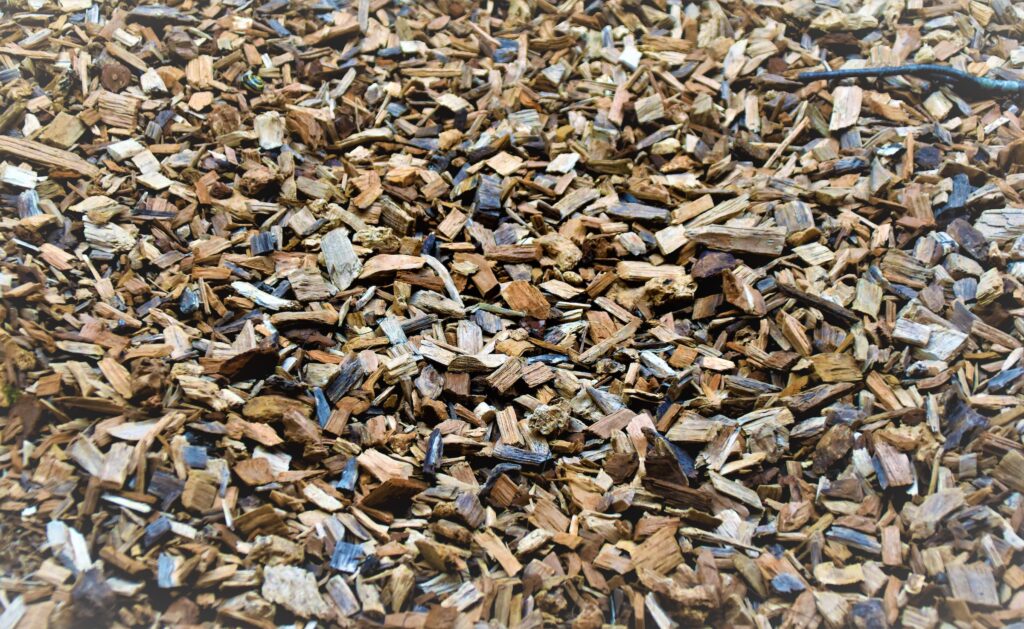How to Deal with Pests and Diseases in Your Trees
Ensuring the robust health and vitality of your trees demands a proactive stance in mitigating potential hazards, notably pests and diseases. Trees, like any living organism, are susceptible to various issues that can compromise their well-being. In this guide, we’ll delve into effective strategies to identify, prevent, and address pests and diseases, ensuring the longevity of your leafy companions.

Understanding Common Tree Pests and Diseases
To effectively combat tree-related issues, it’s crucial to familiarize yourself with common culprits. Pests like aphids, scale insects, and borers, as well as diseases such as root rot, can wreak havoc on your trees if left unchecked. Research and identify the specific threats prevalent in your region and the tree species on your property.
Regular Inspection for Early Detection
Regular and thorough tree inspections are key to identifying problems in their early stages. Pay attention to changes in leaf color, size, or shape, as well as any visible signs of pests or unusual growths. Inspecting the trunk and branches for cracks, holes, or discoloration is equally important. Early detection allows for prompt intervention, increasing the chances of successful treatment.
Implementing Preventative Measures
Preventing pests and diseases is often more effective than dealing with an infestation. Consider implementing the following preventative measures:
- Proper Watering: Ensure your trees receive adequate water but avoid overwatering, as excessive moisture can create a favorable environment for diseases.
- Mulching: Applying organic mulch around the base of your trees helps retain moisture, regulates soil temperature, and acts as a barrier against certain pests.
- Pruning: Regular pruning not only maintains the tree’s shape but also removes dead or diseased branches, reducing the risk of pests and diseases spreading.
Natural and Chemical Treatments
When faced with a pest or disease issue, choosing the right treatment is crucial. Natural remedies, such as neem oil or insecticidal soaps, can be effective against certain pests. Beneficial insects like ladybugs or predatory nematodes can also help control unwanted visitors. However, in severe cases, chemical treatments may be necessary. Always follow recommended application guidelines and consider consulting with an arborist or horticulturist for expert advice.
Soil Management for Disease Prevention
Healthy soil is the foundation for strong and resilient trees. Implement practices such as:
- Soil Aeration: Ensure proper soil aeration to improve oxygen circulation and root health.
- Regular Fertilization: Feed your trees with balanced fertilizers to provide essential nutrients for growth and disease resistance.
- Proper Drainage: Ensure that your soil has adequate drainage to prevent waterlogged conditions, which can lead to root diseases.
Seeking Professional Advice
If you’re unsure about the nature of the problem or the appropriate course of action, it’s wise to consult with a certified arborist. These professionals possess the expertise to diagnose issues accurately and recommend tailored solutions. They can also provide guidance on long-term tree care strategies to prevent future problems.
Cultural Practices for Tree Health
Promoting overall tree health through proper cultural practices contributes significantly to disease prevention. Consider the following:
- Correct Planting: Ensure that trees are planted at the appropriate depth and distance to avoid stress and competition for resources.
- Resistant Tree Varieties: When planting new trees, choose species and varieties known for their resistance to prevalent pests and diseases in your area.
- Regular Monitoring: Stay vigilant with routine inspections to catch potential issues early and address them promptly.
Maintaining the health of your trees requires a holistic approach that includes regular monitoring, preventative measures, and informed decision-making when problems arise. By understanding the specific needs of your trees, staying proactive, and seeking professional advice when necessary, you can create a thriving environment for your arboreal companions. Bear in mind that a thriving tree not only adds to the aesthetic appeal of your landscape but also plays a vital role in fostering the overall well-being and balance of the ecosystem.
